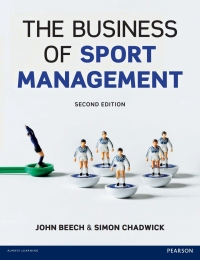
OBJ. 2, 3 ng equipment, issued ate of 11%, receiving PR 14-2B Bond discount, entries for bonds payable transactions On July 1, Year 1. Livingston Corporation, a wholesaler of manufacturing equipment $46,000,000 of 20-year, 10% bonds at a market (effective) interest rate of 11%. rece cash of $42,309,236. Interest on the bonds is payable semiannually on December 31 June 30. The fiscal year of the company is the calendar year. Instructions 1. Journalize the entry to record the amount of cash proceeds from the issuance of the bonds on July 1, Year 1. 2. Journalize the entries to record the following: a. The first semiannual interest payment on December 31, Year 1, and the amortization of the bond discount, using the straight-line method. Round to the nearest dollar. b. The interest payment on June 30, Year 2, and the amortization of the bond discount, using the straight-line method. Round to the nearest dollar, . Determine the total interest expense for Year 1. Will the bond proceeds always be less than the face amount of the bonds when the contract rate is less than the market rate of interest? (Appendix 1) Compute the price of $42,309,236 received for the bonds by using the present value tables in Appendix A at the end of the text. Round to the nearest com PR 14-28 Bond discount, entries for bonds payable transactions OBJ.2, 3 On July 1, Year 1, Livingston Corporation, a wholesaler of manufacturing equipment, issued $46,000,000 of 20-year, 10% bonds at a market (effective) interest rate of 11%, receiving cash of $42,309,236. Interest on the bonds is payable semiannually on December 31 and June 30. The fiscal year of the company is the calendar year. Instructions 1. Journalize the entry to record the amount of cash proceeds from the issuance of the bonds on July 1, Year 1. 2. Journalize the entries to record the following: a. The first semiannual interest payment on December 31, Year 1. and the amortization of the bond discount, using the straight-line method. Round to the nearest doll b. The interest payment on June 30, Year 2, and the amortization of the bond discount using the straight-line method. Round to the nearest dollar. 3. Determine the total interest expense for Year 1. 4. Will the bond proceeds always be less than the face amount of the bonds when contract rate is less than the market rate of interest? 5. (Appendix 1) Compute the price of $42,309,236 received for the bonds by using present value tables in Appendix A at the end of the text. Round to the nearest








